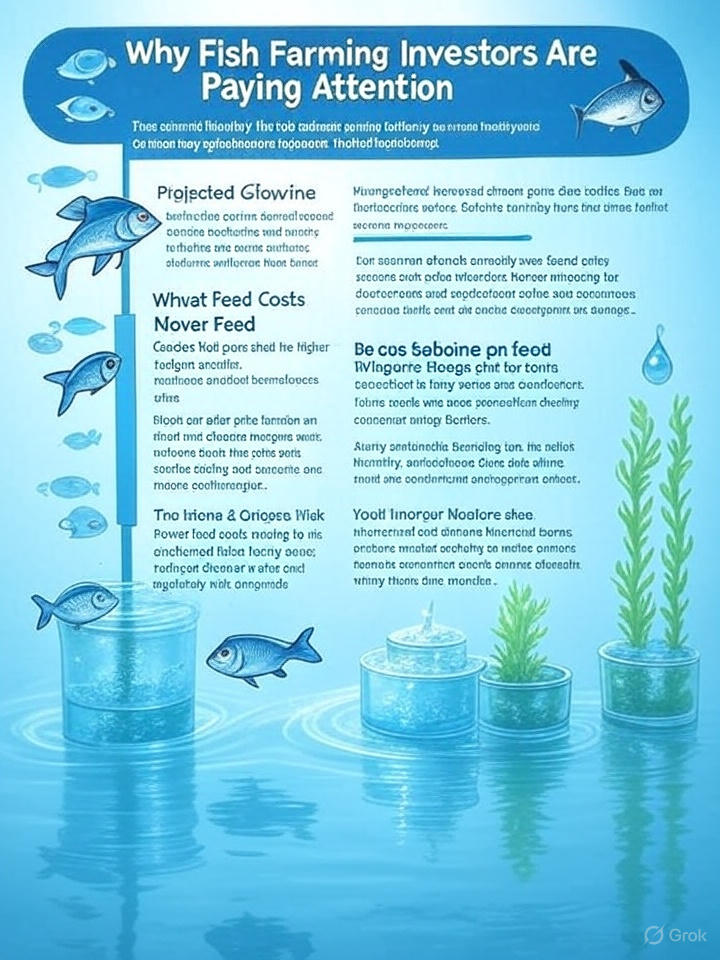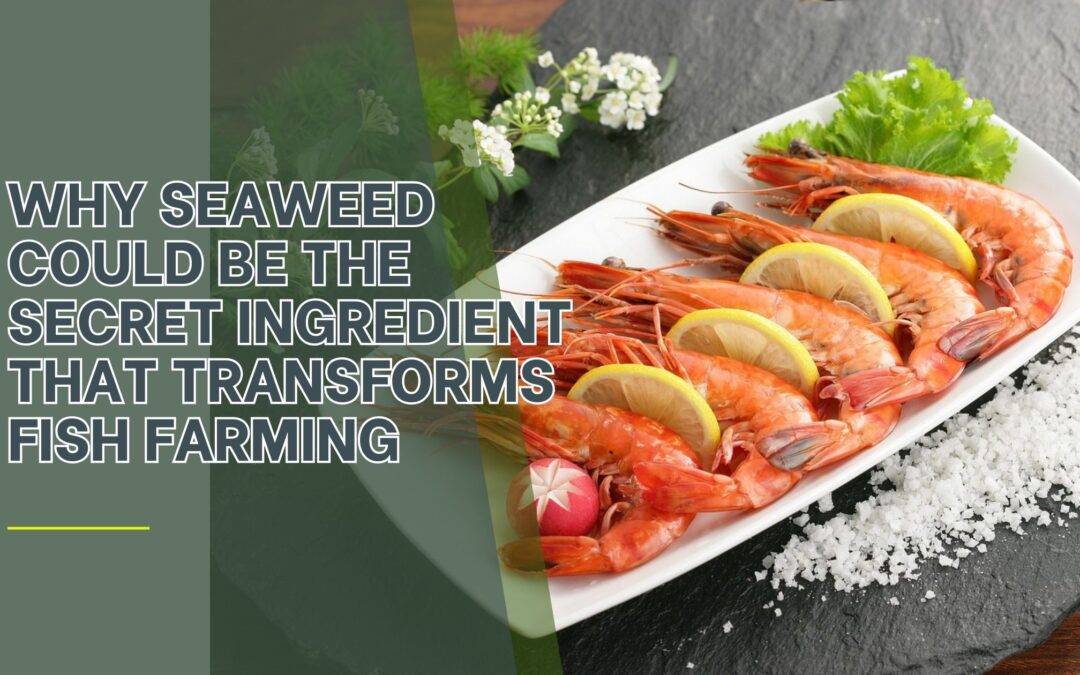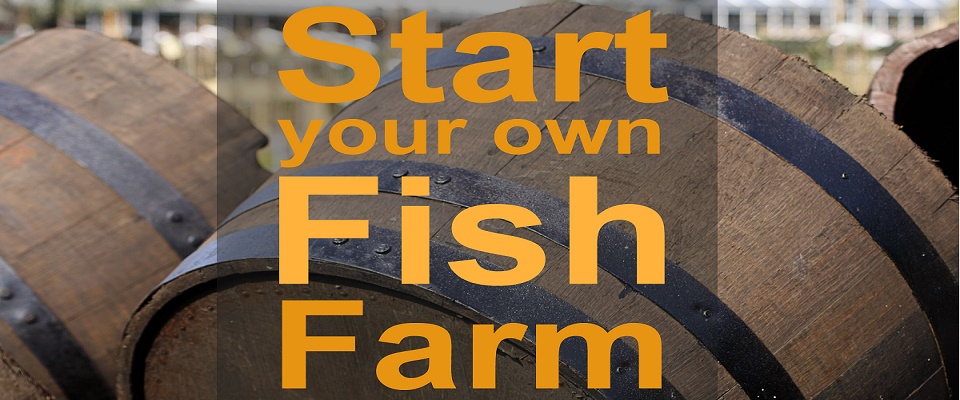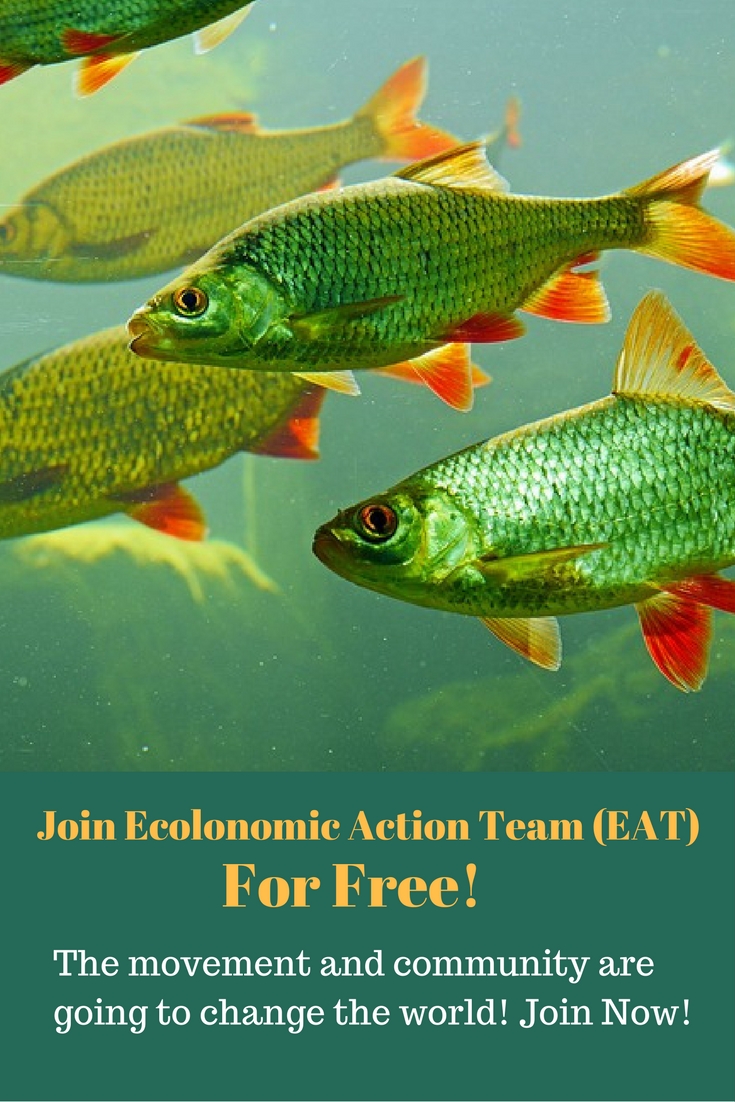Fish farming has gone from niche to mainstream. Today, aquaculture supplies over half of the world’s seafood. However, with growth comes scrutiny: water pollution, high feed costs, and disease outbreaks have raised serious questions about its sustainability.
Here’s the twist: the next big breakthrough in fish farming may not be expensive tech or synthetic feed. It may be something simple, natural, and already abundant in our oceans — seaweed.
From boosting fish health to cleaning polluted waters, seaweed is proving to be a game-changer in aquaculture. Let’s break down why it’s capturing attention from farmers, scientists, and investors alike.
Seaweed in Fish Feed: A Natural Performance Enhancer
Feed is the single largest cost in aquaculture, sometimes making up 60–70% of total expenses. Traditionally, farms rely on fishmeal, soy, and corn — ingredients that are expensive, resource-intensive, and environmentally questionable.
Adding seaweed into feed changes everything:
- Faster Growth – Seaweed is packed with proteins, amino acids, and bioactive compounds that boost metabolism and immunity. Fish grow faster and healthier, with less reliance on antibiotics.
- Better Digestibility – Studies show seaweed improves gut health in fish, reducing disease outbreaks and mortality rates.
- Lower Emissions – Some seaweed varieties (like Asparagopsis) are proven methane-reducers in livestock. In aquaculture, they increase feed efficiency, cutting waste and greenhouse gas emissions.
In short, seaweed makes fish healthier, farmers more profitable, and the industry more sustainable.
Seaweed as a Built-In Water Filter in Fish Farming
Fish farms struggle with nutrient pollution. Uneaten feed and fish waste release nitrogen and phosphorus into surrounding waters, triggering algae blooms and oxygen depletion.
Seaweed cultivation solves this. When grown alongside fish cages or tanks, seaweed absorbs excess nutrients, effectively filtering and cleaning the water.
This practice — called Integrated Multi-Trophic Aquaculture (IMTA) — has been adopted in parts of Asia and Europe. The results are impressive:
- Cleaner waters
- Healthier fish
- A second income stream from harvesting the seaweed itself
It’s farming synergy at its best: fish feed the seaweed, seaweed cleans the water, and farmers profit twice.

Seaweed’s Role in Climate Solutions in Fish Farming
Seaweed isn’t just an aquaculture tool — it’s a climate ally.
- Carbon Sequestration – Seaweed absorbs massive amounts of CO₂ during growth.
- Methane Reduction – Seaweed feed additives cut methane emissions in cattle by up to 80%. Imagine applying that at scale in aquaculture.
- Ocean Restoration – Large-scale seaweed farming can restore ecosystems, protect coastlines, and create jobs.
Why Fish Farming Investors Are Paying Attention
The global seaweed industry is projected to reach $30–40 billion in the next decade. Its applications go far beyond fish farming — from human nutrition to cosmetics, bioplastics, and even biofuels.
For aquaculture, the business case is compelling:
- Lower feed costs → higher profit margins
- Cleaner water → reduced regulatory risk
- Sustainable branding → stronger consumer trust
Consumers increasingly want climate-conscious seafood. Farms that integrate seaweed aren’t just sustainable — they’re marketable.
Challenges Holding Back Adoption
Seaweed isn’t a silver bullet. To scale successfully, the industry needs:
- Reliable supply chains for consistent feed quality
- Research into the best seaweed strains for each fish species
- Farmer training on IMTA systems
The good news? Governments, startups, and investors are already pouring money into seaweed innovation. These challenges are solvable.
Final Takeaway
Seaweed could be the secret ingredient that transforms aquaculture — making it healthier, more profitable, and climate-friendly.
Want to dive deeper into fish farming innovation?
Explore more insights at EAT Community
References & Related Articles:
- Adapting Shrimp Farming to Salinity Changes: Innovations for Brackish and Freshwater Environments
- Shrimp Aquaculture: Managing Salinity Levels for Optimal Shrimp Growth
- FAO (2020). The State of World Fisheries and Aquaculture 2020
- Tacon, A. G. J., & Metian, M. (2015). Feed matters: satisfying the feed demand of aquaculture. Reviews in Fisheries Science & Aquaculture
- Wan, A. H. L., et al. (2019). The effect of dietary seaweed supplementation on fish growth performance and health. Reviews in Aquaculture
- Peixoto, M. J., et al. (2016). Dietary inclusion of seaweed improves growth, immunity, and gut health in aquaculture species. Fish & Shellfish Immunology
- Kinley, R. D., et al. (2020). Mitigating the carbon footprint of ruminant livestock through seaweed supplementation. Journal of Cleaner Production
- Troell, M., et al. (2009). Ecological engineering in aquaculture — potential for IMTA. Aquaculture



